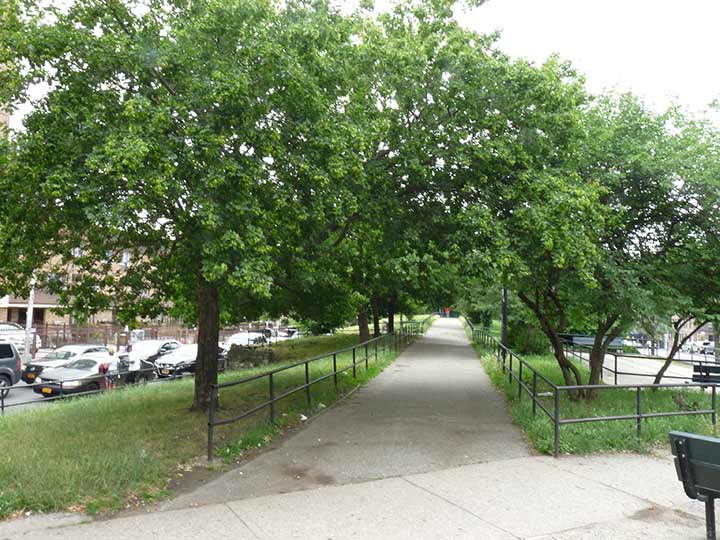
NEW York’s first water system was built between 1837 and 1842. Prior to those years, water was obtained from cisterns, wells and barrels from rain. Construction began in 1837 on a series of mostly underground conduits that would bring water from the Croton River in northern Westchester County to NYC’s spigots. Amazingly, it took only five years to finish the first connection given the technology available at the time.
Two reservoirs were built in New York City, one between the present-day lines of 6th and 7th Avenues and 79th and 85th Streets, and a smaller distributing reservoir on 5th and 42nd. The former was drained in 1930 and its site is now occupied by Central Park’s Great Lawn. The latter was torn down to make room for the main branch of the New York Public Library, which rose in 1911. Those reservoirs were replaced by two huge tunnels that were built in 1917 and 1937; a third is still under construction. Central Park’s present Reservoir, now named for Jacqueline Kennedy Onassis, was begun in 1858 and was a part of NYC’s water distribution system all the way to 1991.
Many of the Old Croton Aqueduct’s New York City remnants are visible in the Bronx and even in upper Manhattan, as are some reminders of the New Croton Aqueduct, built in 1890 to replace the older.
In the Bronx, the Old Croton Aqueduct’s length has been carefully marked and designated. After crossing High Bridge, the Old Croton moved under University Avenue (a.k.a. Martin Luther King Jr. Boulevard) where it is designated by a center traffic mall. Above West Burnside Avenue it resurfaces, where its route occupies a pedestrian mall along Aqueduct Avenues East and West, seen here. At the Jerome Park Reservoir, above Kingsbridge Road, part of the reservoir’s retaining wall along Goulden Avenue is made from stones formerly part of the Old Croton. And, much of the Old Croton’s path is now a walking trail in Van Cortlandt Park, continuing into Westchester County north of the park for fully 26 miles to Old Croton Aqueduct State Historic Park. Three Old Croton gatehouses can be seen along the Jerome Park Reservoir at Goulden and Reservoir Avenues, Goulden Avenue and West 205th Street, and Goulden and Sedgwick Avenues.
The New Croton, completed in 1890 to replace the Old, runs much deeper than its predecessor; a New Croton gatehouse can be seen at West Burnside Avenue and Phelan Place.
In June 2018, I shot an entire sequence along that linear park in the western Bronx that defines the aqueduct’s route. For some reason it’s escaped being featured as a longform FNY piece, and since I’m always looking for good reasons to post Bronx scenes, its time may be coming soon.
As always, “comment…as you see fit.” I earn a small payment when you click on any ad on the site. Take a look at the new JOBS link in the red toolbar at the top of the page on the desktop version, as I also get a small payment when you view a job via that link.
5/20/24


1 comment
Regarding the New Croton gatehouse at West Burnside Avenue and Phelan Place, after the attack at Pearl Harbor the army stationed an armed soldier to guard it for a while. I was 9 years old and lived diagonally opposite at 1901 Hennessy Place and watched housewives deliver home cooked meals to the soldier.